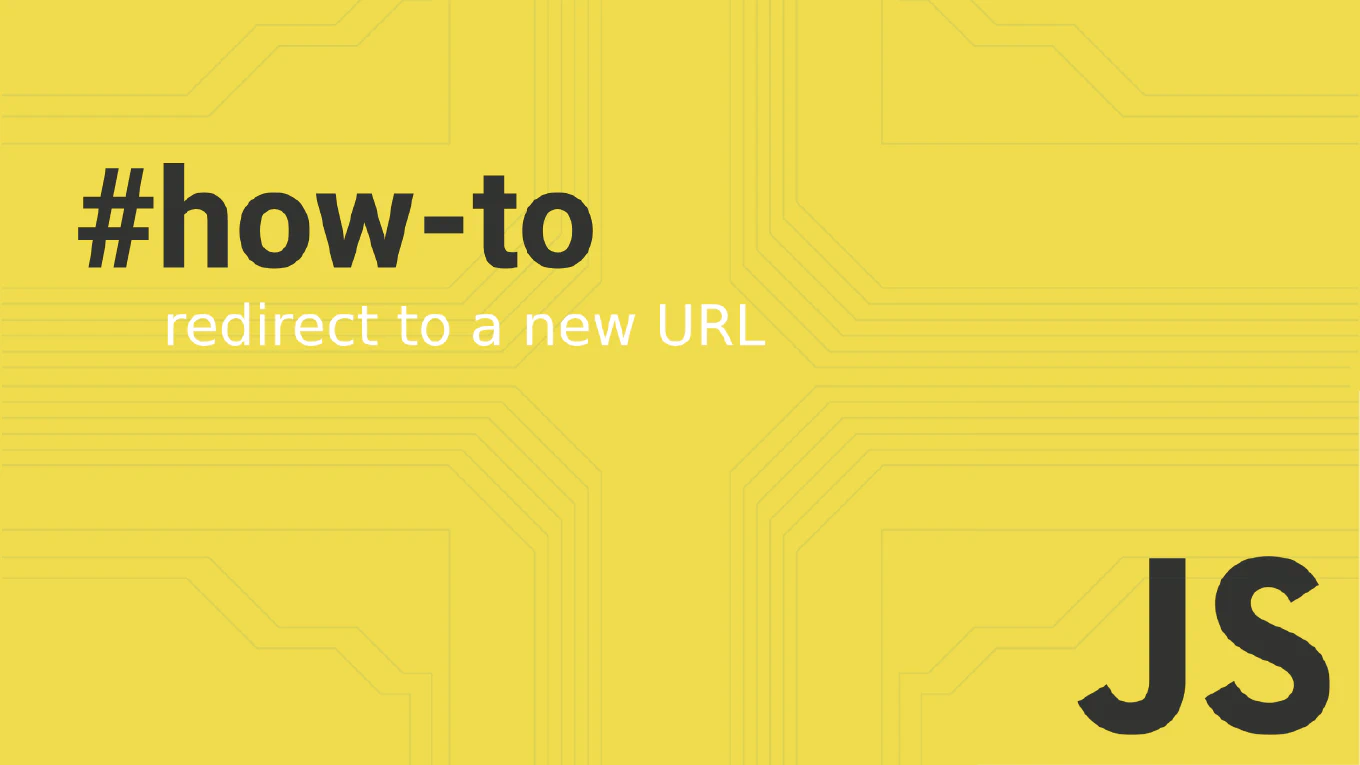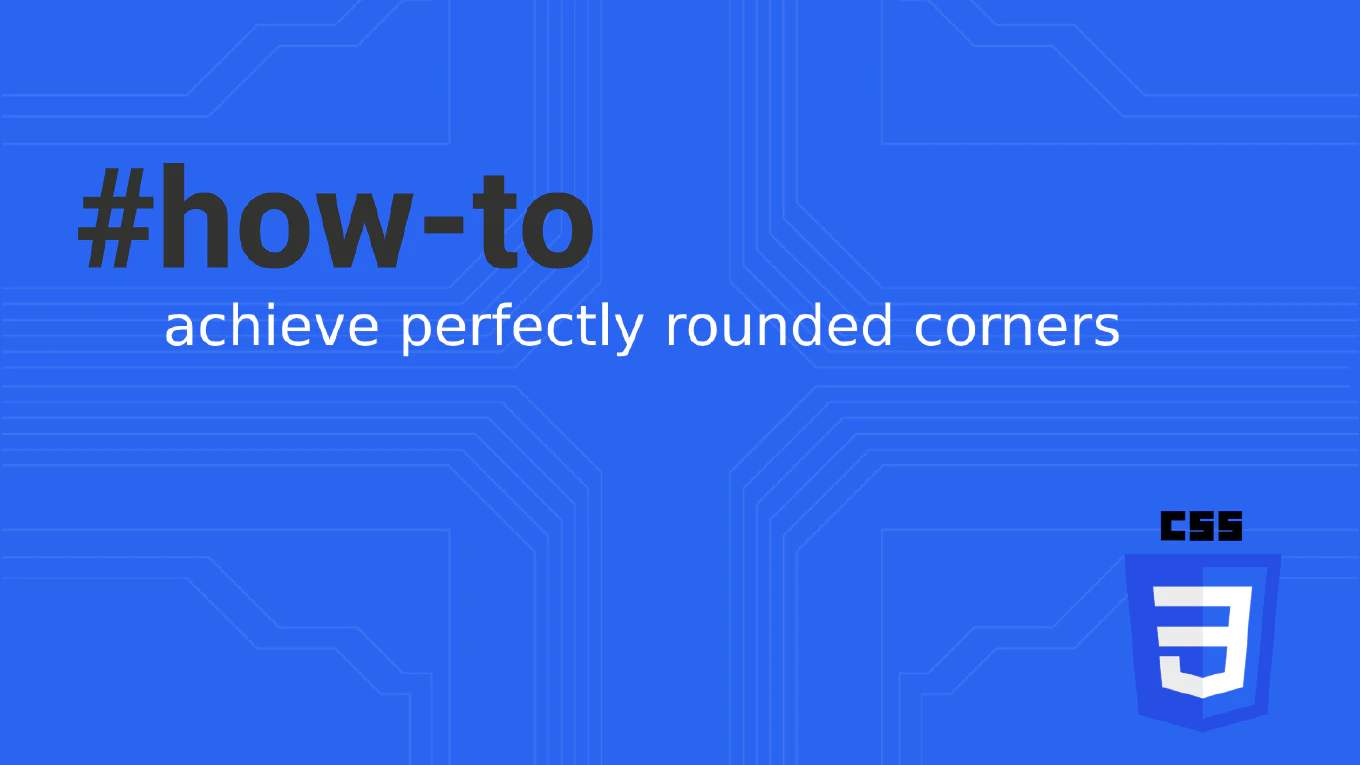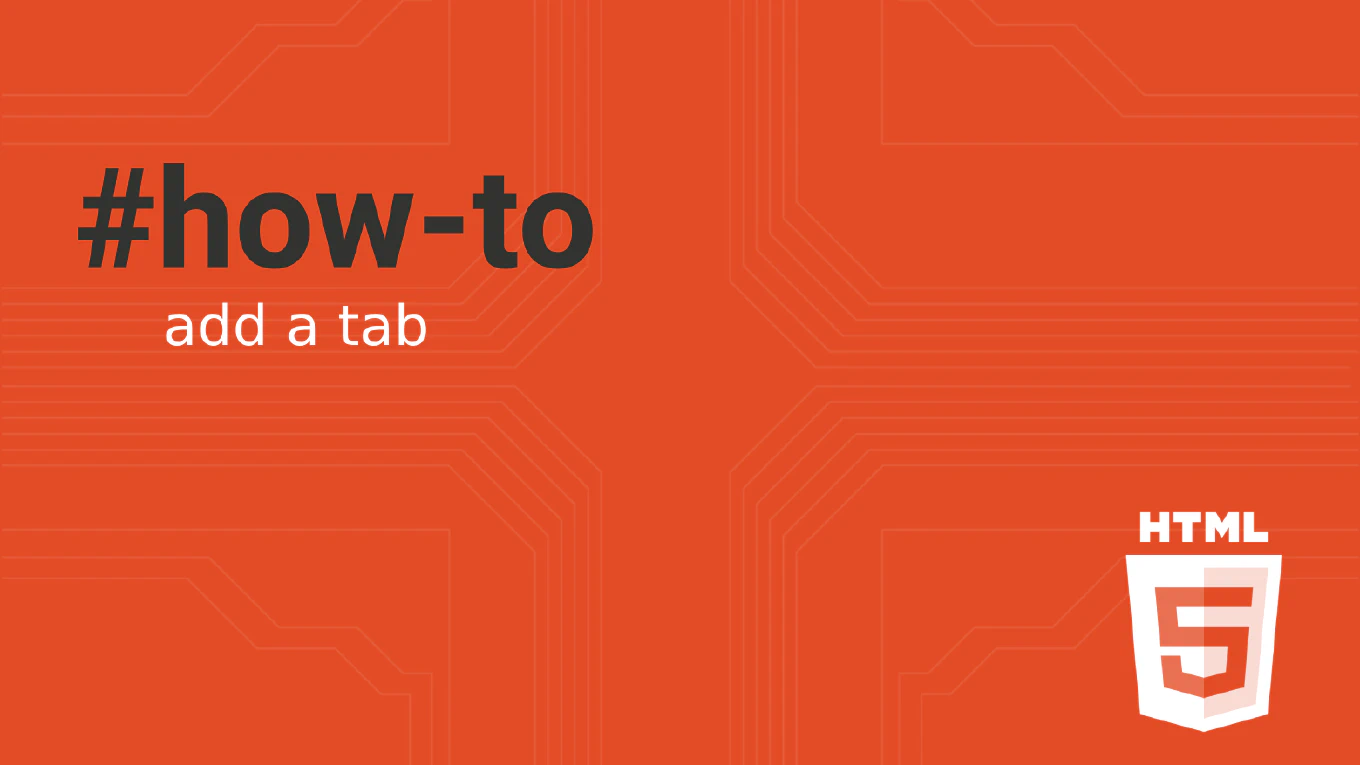How to create a new element in JavaScript
Creating new HTML elements dynamically is fundamental for building interactive web applications that generate content based on user actions and data.
As the creator of CoreUI with over 25 years of JavaScript experience, I use dynamic element creation extensively for building responsive UI components and data-driven interfaces.
The most effective method is using document.createElement() to create elements with proper attributes and content before adding them to the DOM.
This approach provides full control over element properties and ensures optimal performance through efficient DOM manipulation.
How to set an attribute on an element in JavaScript
Setting attributes on HTML elements dynamically is fundamental for creating interactive web applications and manipulating DOM elements.
With over 25 years of JavaScript development experience and as the creator of CoreUI, I’ve used attribute manipulation extensively in building dynamic UI components.
The most reliable method is using the setAttribute() method which works consistently across all browsers and attribute types.
This approach provides precise control over element properties and ensures proper HTML structure.
How to change the HTML of an element in JavaScript
Changing element HTML content is essential for dynamic content updates, templating, and creating interactive user interfaces.
As the creator of CoreUI with extensive JavaScript experience since 2000, I’ve implemented HTML content manipulation in countless UI components and data-driven applications.
From my expertise, the most versatile approach is using the innerHTML property which allows setting both text and HTML markup dynamically.
This method provides flexible content management while enabling rich formatting and nested element structures.
How to Redirect to a New URL Using JavaScript Redirect Techniques

Redirecting users to a new URL using JavaScript is a common and useful practice for web developers. Whether you’re handling successful logins, navigating users after actions, or managing SEO implications, understanding how JavaScript redirects work is crucial. In this guide, you’ll learn the best practices for creating redirects, their implications for SEO performance, and when to choose JavaScript over server-side methods.
How to Achieve Perfectly Rounded Corners in CSS

Rounding the corners of an element is a fundamental way to add visual appeal and flexibility to web pages. Whether you want subtle rounded corners, a circle, or even elliptical corners, mastering the border radius property is a key step toward creating modern, user-friendly interfaces. In this post, you will learn how to use the CSS border radius property, explore best practices for top left and bottom corners, handle right bottom left edges, and even add a box shadow or drop shadow for extra flair. By the end, you will be able to style each corner effectively, apply logical properties for both LTR and RTL layouts, and bring your web designs to life.
How to Add a Tab in HTML

Adding a tab in HTML is a common challenge for developers who want to control spacing and layout on their web pages. Since many browsers and editors interpret the tab key differently, it’s crucial to understand several ways to produce a consistent horizontal tab effect. In this article, you’ll learn key methods for creating a tab character in HTML, explore the best CSS properties to manage spacing, and see how to maintain accessibility for all users. By the end, you’ll have a clear solution for implementing tab space without relying on multiple non breaking spaces.
How to Open Link in a New Tab in HTML?

Opening a link in a new tab is a fundamental skill for anyone building modern websites or web applications. By using specific HTML attributes, you can help your users effortlessly view external content or switch between related pages without losing their place on the original page. In this article, you will learn why the target attribute is crucial, how to properly handle potential security concerns, and the best techniques to open the linked document in a separate browser window or tab. Read on to discover how you can enhance user experience and stay in control of your own site’s navigation flow.



